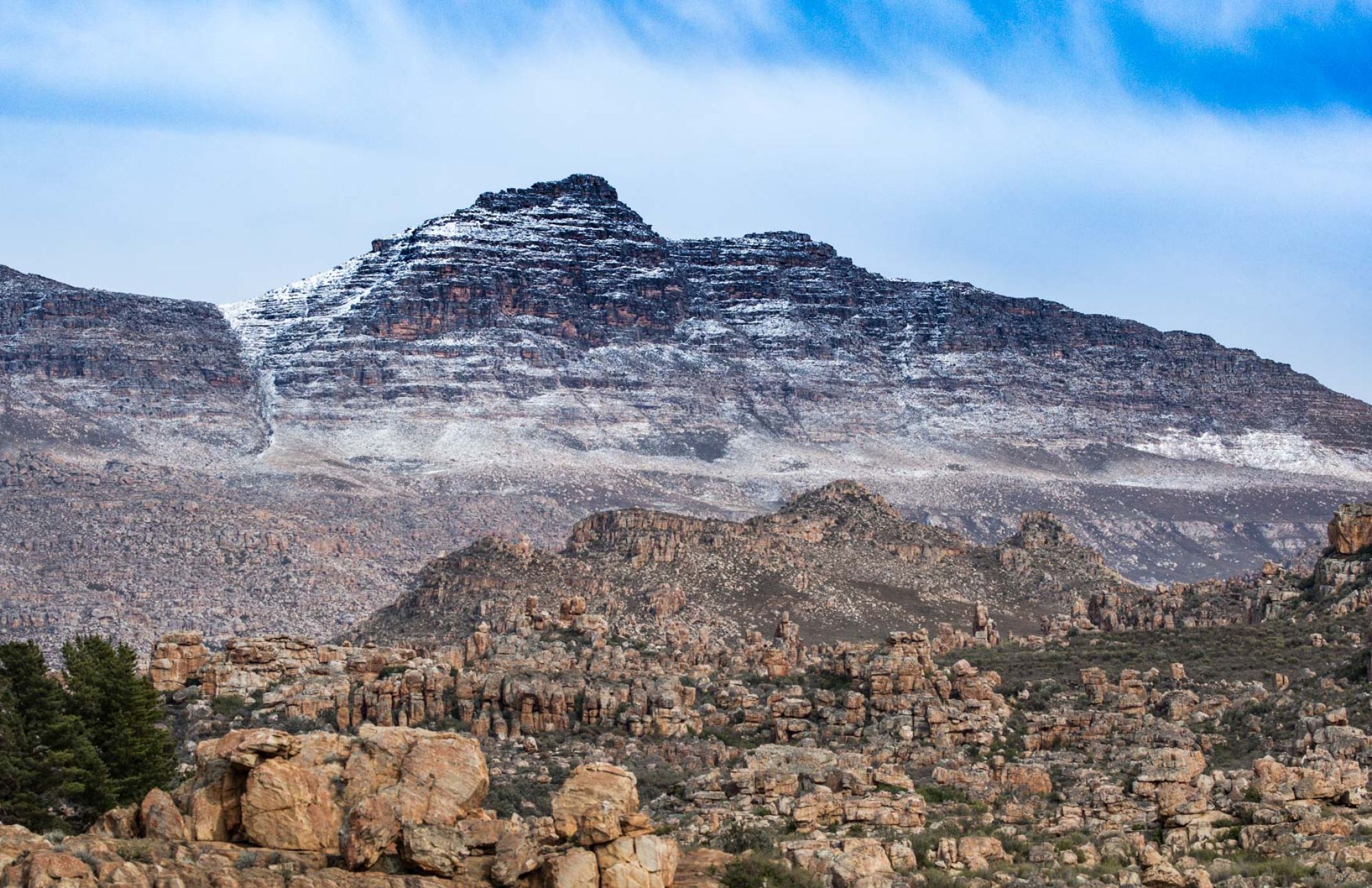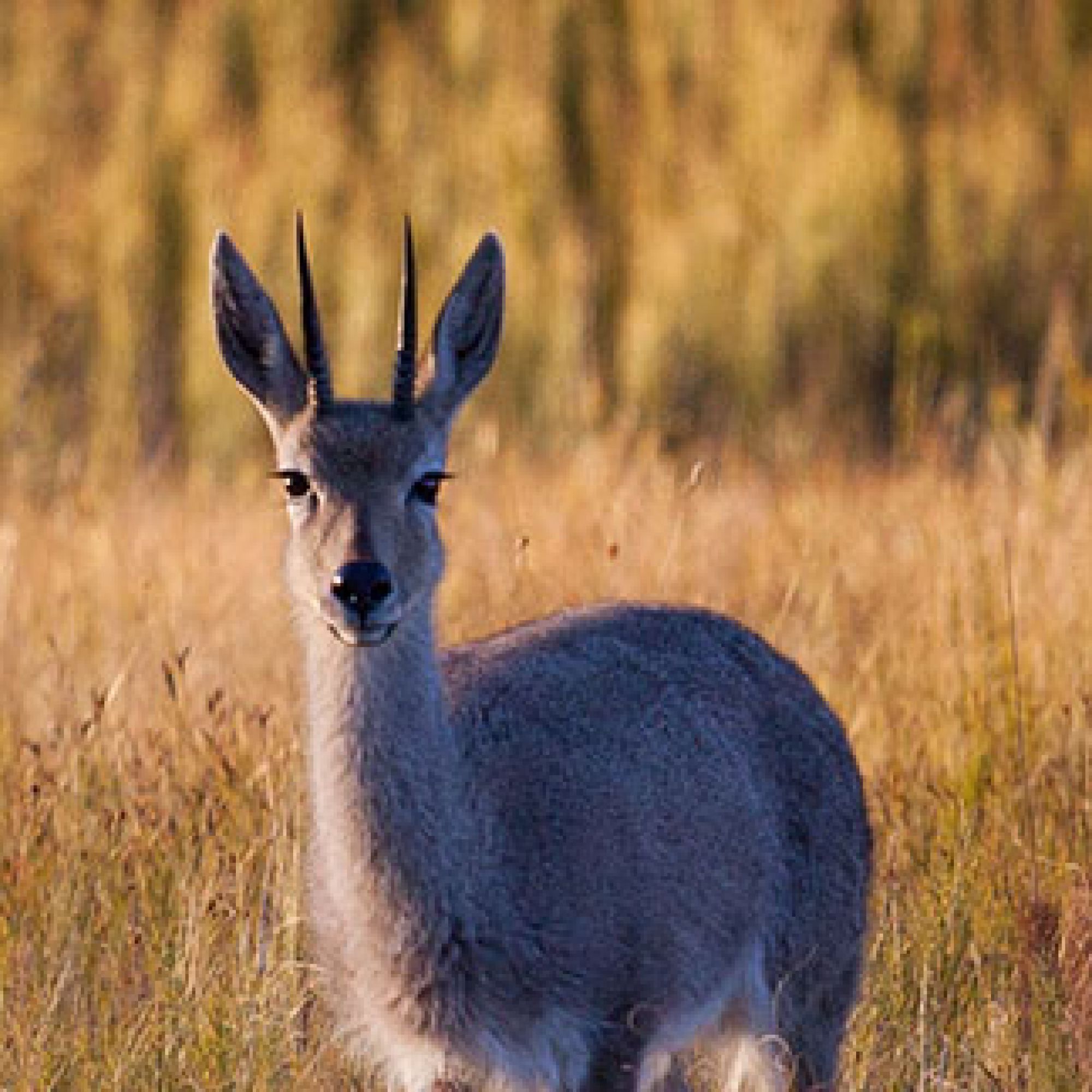Cederberg Wilderness Conservation
The Cederberg was proclaimed a wilderness area in 1973. The Cederberg was proclaimed a wilderness area in 1973. It is home to the endemic rare and endangered Clanwilliam Cedar tree (Widdringtonia cedarbergensis), the namesake of the area. The aim of the Cedar tree restoration project is to prevent the extinction of this majestic tree species. The Cedar trees dates back to the last ice age 300-255 million years ago when the landscape was much colder. The Cedar trees are under tremendous pressure due to climate change that result in more frequent fires and less rainfall. Fire is devastating to these trees as they do not resprout after being burned and die. Lower rainfall reduces natural germination of seeds and survival of seedlings.
Conservation efforts to increase the numbers of the Cedar trees began in 1805 when forest rangers realised that the harvesting of the Cedar wood was reducing numbers. Collecting and distribution of seeds and planting of seedlings have taken on various forms. In recent years the use of a Waterboxx® have help to secure water for the survival of the seedlings.
Annually volunteers from the Cederberg communities and surrounding areas assist to plant Cedar tree seedlings to increase the number of Cedar trees in the mountain.
Read more about the work being done to save the endangered Clanwilliam Cedar Tree (Widdringtonia cedarbergensis).
The Cederberg Wilderness is also home to the charismatic and elusive cape leopard (Panthera pardus). Visitors to the Cederberg must lookout for opportunistic sightings of the apex predators.
Rivers in the Cederberg Wilderness form part of the greater Olifants-Doring River System, which has the highest number of endemic fish species of any river system in South Africa. This river system is home to ten recognised fish species, of which eight are endemic to the Cederberg Rivers. This include the Near Threatened Clanwilliam yellowfish (Labeobarbus seeberi), the Near Threatened Clanwilliam sawfin (Cheilobarbus serra) and the Endangered Clanwilliam sandfish (Labeo seeberi); and four smaller cyprinids, namely the Near Threatened Clanwilliam redfin (Sedercypriscalidus), the Endangered fiery redfin (Pseudobarbus phlegethon) and two Critically Endangered taxa, the Twee River redfin (Sedercypris erubescens) and the Doring fiery redfin (Pseudobarbus sp. “phlegethon Doring”). In addition, there are two rock catfish, the endangered spotted rock catfish (Austroglanis barnardi) and the Near Threatened Clanwilliam rock catfish (Austroglanis gilli). Cape galaxias (Galaxias zebratus) also occur in some rivers.










